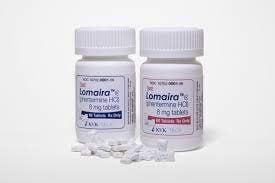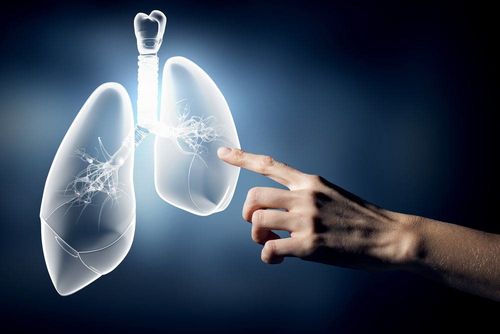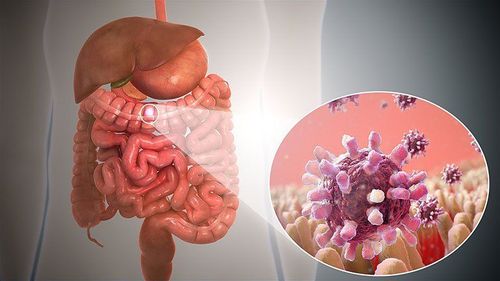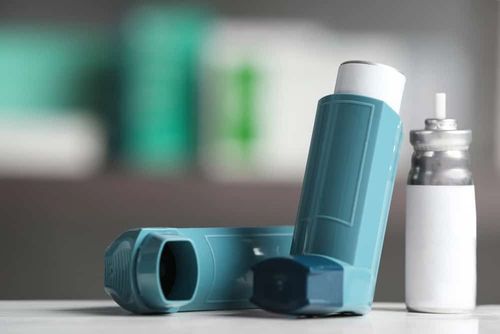This is an automatically translated article.
Article written by MSc, Doctor Nguyen Ngoc Bach, Department of General Internal Medicine - Vinmec Times City International Hospital
Obese hypoventilation syndrome (OHS) is defined as the presence of awake alveolar hypoventilation in an obese individual and no other cause of alveolar hypoventilation is found. OHS is associated with increased cardiovascular morbidity and mortality. Therefore, early detection and treatment are very important to minimize these complications. So for people who are obese, what are the risk factors that can cause this syndrome? What screenings and tests should patients with this syndrome have?
1. Risk factors
The main risk factor for OHS is obesity (body mass index [BMI] > 30 kg/m2), especially severe obesity (BMI > 50 kg/m2), where prevalence may be up to 50%. However, not all obese patients develop OHS. Other possible risk factors include: + Significant increase in waist circumference: hip ratio (ie central obesity)
+ Reduced lung function due to obesity: detected by respiratory function. If respiratory function abnormality should be checked for OHS
+ Decreased respiratory muscle strength: test via maximum inspiratory and expiratory force on a spirometer
+ Severe Obstructive Sleep Apnea (OSA; eg, sleep apnea index >50 events per hour)
Unlike sleep apnea syndrome, male gender is not a risk factor for OHS Patients with OHS often present in the fifth and sixth decades of life.
2. Clinical manifestations
2.1 Early stage OHS patients are obese (body mass index [BMI] > 30 kg/m2), of these subjects 90% have coexisting sleep apnea syndrome (apnea index) -hypopnea [AHI] > 5 events per hour), especially severe sleep apnea syndrome (AHI > 30 events per hour) occurs in 70% of patients. Symptoms of sleep apnea syndrome include daytime drowsiness, loud snoring, sleep apnea, resuscitative snorts, fatigue, impaired concentration and memory, a small pharynx, and a thick neck. . 10 percent of people with OHS had co-occurring hypoventilation syndrome without OSA and presented similarly to those with the OHS-OSA phenotype. Most common are older women.

2.2 Late stage Many patients with OHS are detected late and have manifestations of complications
Severe hypoventilation and hypercapnia: While many patients present with chronic respiratory failure, hypercapnia and exacerbations decompensation caused the hospital to be hospitalized. Studies have shown that women may present later than men when the disease progresses to decompensated exacerbations. Such patients are often misdiagnosed as having chronic obstructive pulmonary disease (COPD) or asthma, despite the absence of obstruction on lung function tests. Daytime hypoxemia and nocturnal oxygen saturation are uncommon features in OSA or obesity alone. Signs of Heart Failure: Right heart failure due to pulmonary hypertension (dyspnea on exertion, increased jugular venous pressure, hepatomegaly, and edema of the feet) and, less commonly, signs of polycythemia vera.
3. Testing
Elevated serum bicarbonate (>27 mEq/L) - Almost all patients with OHS have elevated serum bicarbonate (venous and/or arterial), which is often an indication that the patient has chronic hypercapnia count. However, this is nonspecific and should exclude other causes that may increase bicarbonate levels (eg, dehydration, medications) and it may be influenced by other conditions (eg, lactic acidosis , chronic hyperventilation) may decrease bicarbonate levels. Evaluation value is based on limited data. An observational study reported that an intravenous serum bicarbonate >27 mEq/L had a sensitivity of 92% for identifying awake hypertension in obese subjects, although the specificity was significantly lower ( 50%). A bicarbonate level <27 mEq/L had a 97 percent negative predictive value to exclude the diagnosis in this study. Another study reported 85% sensitivity and 89% specificity in patients with levels >27 mEq/L using capillary blood gas samples. HyperCO2 (PaCO2 > 45 mmHg) - Consistent with hypoventilation, all patients with OHS had hypercapnia on awake and on room air arterial blood gas analysis. Most patients with OHS present with chronic elevations in PaCO2. However, elevated bicarbonate levels (>27 mmol/L) or excess baseline (>3 mmol/L) in the absence of other causes of metabolic alkalosis in an obese person with a PaCO2 <45 mmHg have can be an early indicator of OHS. Hypoxemia (PaO2 <70 mmHg) – Especially severe nocturnal hyposaturation is also common Polycythemia vera - Polycythemia vera due to hypoventilation, or OSA-related hypoxia is uncommon but may present as a late manifestation.
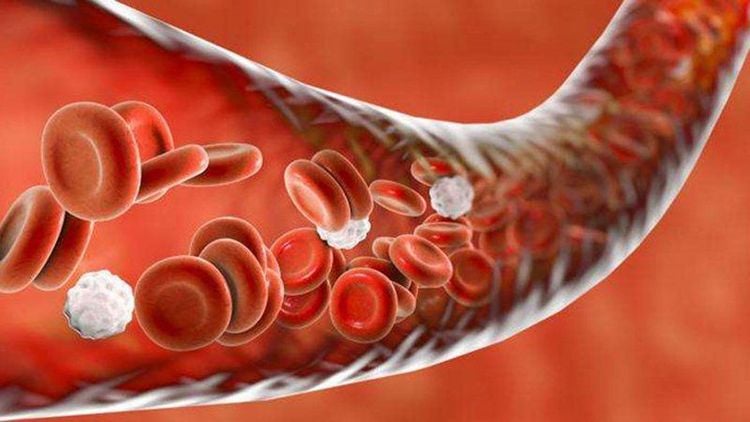
Health checkup package general Vip Standard general health checkup package Patient's examination results will be returned to your home. After receiving the results of the general health examination, if you detect diseases that require intensive examination and treatment, you can use services from other specialties at the Hospital with quality treatment and services. outstanding customer service.
Please dial HOTLINE for more information or register for an appointment HERE. Download MyVinmec app to make appointments faster and to manage your bookings easily.






